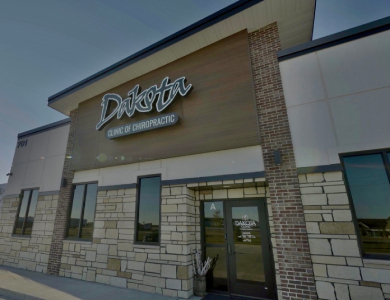
A frequent issue that many people have is back pain. It may result from several factors, including illness, accident, or aging. Sometimes, back pain happens because of pressure on the nerves in the spine. Numbness, tingling, weakness, or shooting pain in the arms or legs might result from this. Spinal decompression can ease this pressure and reduce back pain.
What Is Spinal Decompression?
Spinal decompression refers to treatments meant to ease the strain on the spinal column or the radial nerve roots. The spinal column consists of bones (vertebrae) and discs (cushions) surrounding the spinal cord and nerve roots.
These structures can get damaged or misaligned and compress the spinal cord or the nerve roots. It can affect how the nerves work, causing pain and other problems.
Spinal Decompression Methods
There are two methods for spinal decompression: nonsurgical and surgical. Nonsurgical spinal decompression uses a unique device that gently stretches the spine and makes more room for the nerves. Surgical spinal decompression removes part of the bone or disc that presses on the nerves or stabilizes the spine with metal implants.
How Does It Work?
Spinal decompression aims to restore how the spine and the nerves work. It reduces pressure on the nerves to improve blood flow, oxygen supply, and nutrient delivery to the affected areas. This helps heal nerve damage and inflammation and relieve pain and other symptoms.
Spinal decompression stimulates natural chemicals in the body that act as painkillers and anti-inflammatories. These chemicals help control pain signals and reduce sensitivity to pain.
Benefits
Spinal decompression can benefit people with back pain because of nerve compression. Some of these benefits include the following:
It can provide lasting relief for chronic back pain that other treatments cannot address.
It can help those with back pain walk better, do daily activities easier, and enjoy life more.
It can prevent more damage or the worsening of the spine and the nerves.
It can avoid or delay more invasive or risky surgery.
Who Is a Good Candidate?
People with back pain from conditions such as the following may benefit from spinal decompression:
Spinal stenosis
Herniated disc
Degenerative disc disease
Sciatica
Spinal injury
Spinal decompression may not work for everyone. Some conditions can make it unsafe or ineffective. Talk to your doctor before spinal decompression if you have spine cancer or infection, weak bones or osteoporosis, spine instability or deformity, pregnancy or breastfeeding, or blood clotting or bleeding problems.
Conclusion
Spinal decompression can ease back pain by taking pressure off the nerves in the spine. Depending on the problem’s severity and location, you can have it nonsurgically or surgically. This treatment improves blood flow, oxygen supply, and nutrient delivery to the affected areas. It also stimulates natural painkillers and anti-inflammatories in the body.
It can relieve chronic back pain, improve mobility and function, prevent more damage, and avoid or delay surgery. If you have back pain from nerve compression due to various conditions, spinal decompression may help you. But it may not suit everyone. Ask your doctor about its benefits and risks for you.
For more information on spinal decompression, visit the Dakota Clinic of Chiropractic at our West Fargo, North Dakota office. Call (701) 566-5455 to schedule an appointment today.









